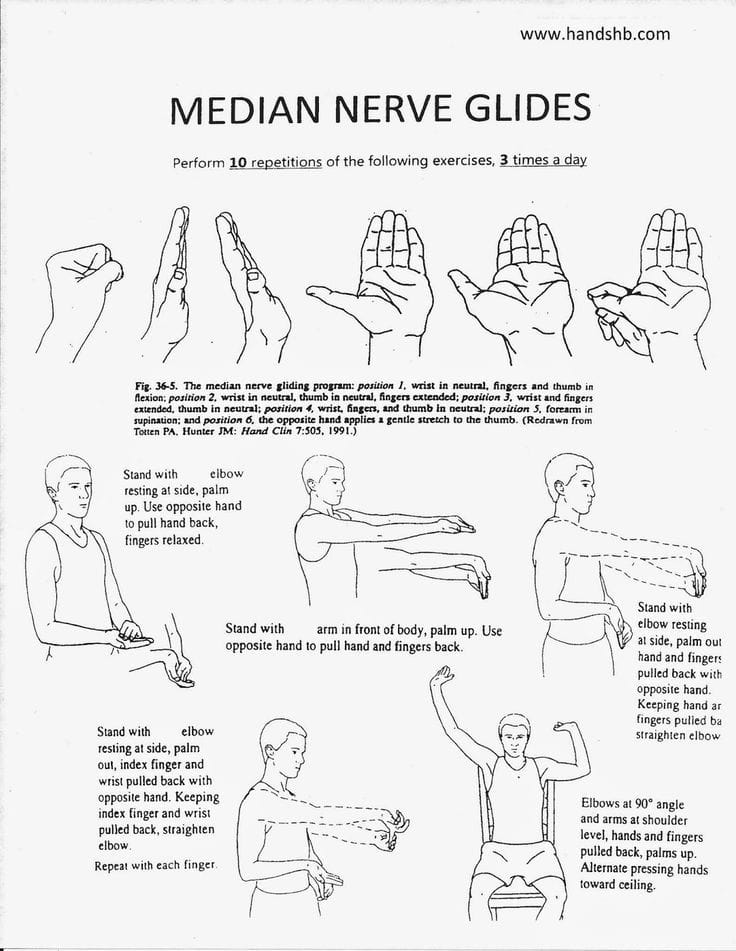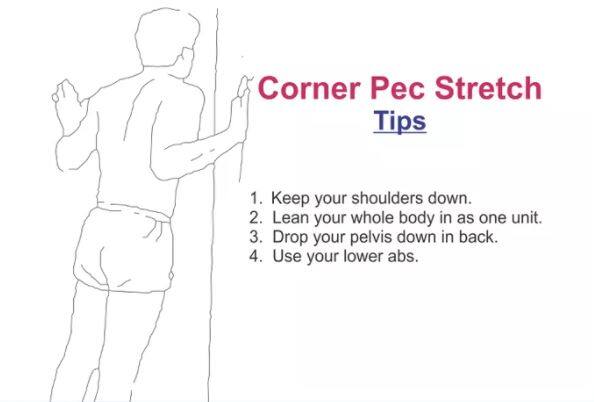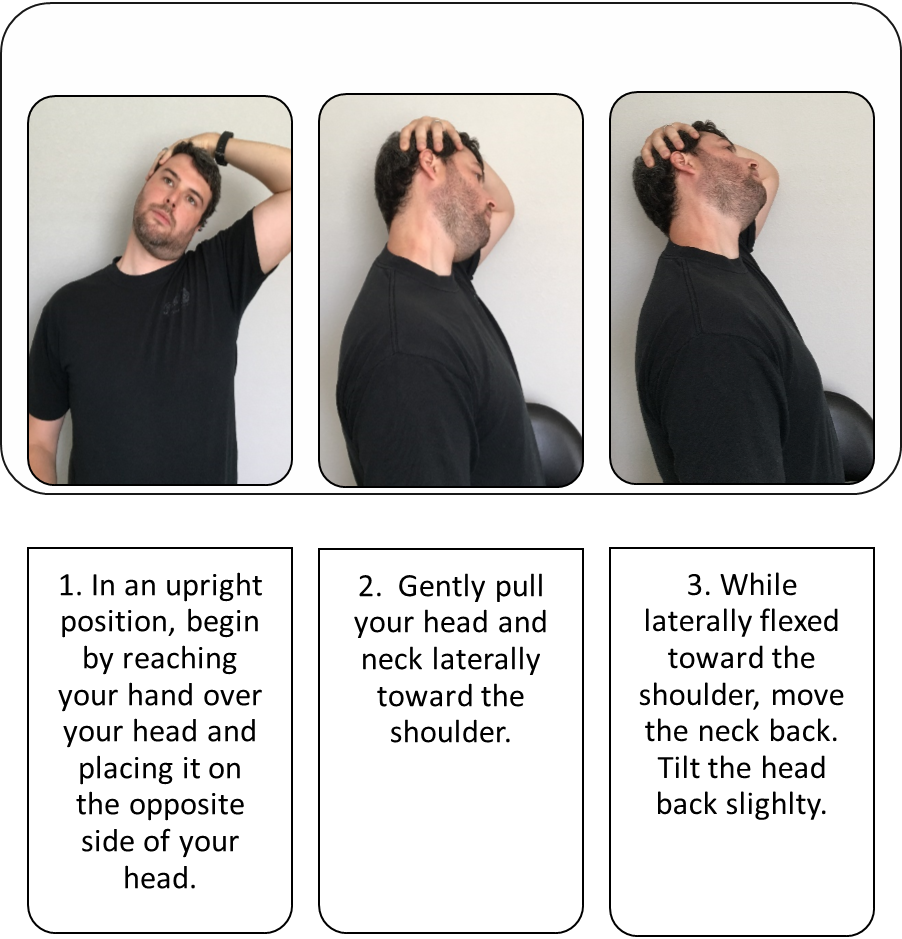
Diving InwWith Dr Giljum
by Dr. Brendan Giljum
This month’s topic, Carpal Tunnel Syndrome, is personal to me, as it caused me to have to take about two months off from racquetball several years ago. I was playing four times a week while in chiropractic school, and the strain of both eventually created the perfect storm for me to experience carpal tunnel syndrome.
The carpal tunnel is made up of the eight “U-shaped” bones of your wrist that house several tendons and the median nerve. The median nerve controls the movement and feeling of the thumb plus the movement of all fingers except the pinky. Carpal tunnel syndrome, or median nerve compression, is when the median nerve is irritated or compressed as it passes through the carpal tunnel.
Symptoms of carpal tunnel syndrome include numbness, tingling, or discomfort on the palm side of the thumb, index, middle, and half of the ring finger. The discomfort can extend to the elbow. The symptoms usually begin as nighttime discomfort but can progress to a constant annoyance. Symptoms are likely aggravated by gripping activities and, early on, may be relieved by “shaking your hands out.” The hands may feel swollen and, in severe cases, weakness may develop.
Carpal tunnel syndrome can be brought on by prolonged wrist flexion and repetitive wrist movements like keyboard use, carpentry, and in some cases, a racquetball swing. Some risk factors for developing carpal tunnel syndrome include diabetes, alcoholism, kidney disease, thyroid disease, and being overweight. Fluid retention during pregnancy is a common cause of carpal tunnel symptoms.
Compression of the median nerve is often accompanied by compression at another site in the body, called “double crush syndrome.” Racquetball players may be affected by this as common “double crush” partners for carpal tunnel syndrome include the spine or muscles of your neck, shoulder, and forearm. If left untreated, carpal tunnel syndrome can result in permanent nerve damage. The American Academy of Neurology recommends conservative treatment, like chiropractic or physical therapy, before considering surgical alternatives.
To resolve carpal tunnel syndrome, avoid activities that involve repetitive wrist flexion or extension such as pushups or grasping the handlebars on a bicycle. Wrists should be in a neutral position and not bent while at a keyboard. Sometimes a special splint may be recommended that holds the wrist in a neutral or slightly extended position.
The following exercises, when performed properly, can assist in your recovery from Carpal Tunnel Syndrome and help minimize future problems. These exercises should be performed slowly and within a relatively comfortable range. Maintain good posture and breathe naturally. Do not hold your breath. Stop any exercises that cause pain or radiating symptoms. Make sure to rest between repetitions.
1. Median Nerve Floss - Begin with elbow, wrist, and fingers bent at chest level. Move the arm down across the front of your chest and out the side of the hip, taking the wrist and fingers into extension.

2. Pec Stretch - Stand with one arm straight out at shoulder level reaching slightly backwards with the hand against a door frame wall. Gently turn your body away from the wall until a gentle stretch is felt in the chest and shoulder.

3. Wrist Flexor Stretch - Straighten arm in front of body with hand at chest height, palm up. Keeping the elbow locked, use the opposite hand to grab the outstretched fingers and pull down until a stretch in the forearm is felt.

4. Scalene Stretch - While sitting or standing, place one hand on top of the head and pull sideways to the same side.

I hope you found this information helpful! For more information on how to take control of your health, follow me on all social media @giljumchiro.
This article is for informational purposes only. This information does not replace professional medical advice, diagnosis, or treatment. If you have questions regarding your condition or are experiencing pain, always seek the advice of your physician or another qualified health professional. Developments in medical research may impact this information. If you think you have a medical emergency, call your doctor or 911 immediately.
References
https://www.webmd.com/pain-management/carpal-tunnel/carpal-tunnel-syndrome#1